A few months ago I had the delight of popping into the Met’s modestly-sized exhibition “Hipsters, Hustlers, and Handball Players: Leon Levinstein’s New York Photographs, 1950–1980.” From the Met’s website description: “Leon Levinstein (1910–1988), an unheralded master of street photography, is best known for his candid and unsentimental black-and-white figure studies made in New York City neighborhoods from Times Square and the Lower East Side to Coney Island…. In 1975, Levinstein received a grant from the Guggenheim Foundation to ‘photograph as wide a spectrum of the American scene as my experience and vision will allow….I want my photographs to be spontaneous rather than contrived.’ ” Though I found some of the date estimations of the photos in the exhibition to be suspect (Levinstein didn’t date them himself), I fell in love with Levinstein’s distinctly unglamorous work in those few rooms.
He probably would not have said he was a “fashion photographer,” but Levinstein most certainly would’ve achieved more fame if he’d lived in this age of street fashion blogs; as it was, he had difficulty transitioning from amateur to professional assignments, which is why he’s not very well-known. He favored low-to-the-ground camera angles that often cropped the heads of his subjects or caught them walking away from him, focusing on their bodies, postures, clothes, and interaction with their environments while running errands, adjusting themselves, preening, and relaxing / passing out. His photography style feels covert and dynamic, you get the idea he may have been like a flasher — skulking about the streets, exposing his camera in a sudden gesture so hurried he barely had time to aim properly before dashing away.
Unlike many street fashion photographers, Levinstein didn’t discriminate against unattractive, strange-looking, or vaguely desperate people — in fact, he favored them. Overweight housewives, semi-homeless junkies, hippies and hoodlums captured his attention (a man after my own heart!).
There’s a distinct grittiness of New York of of the late-mid 20th century that Levinstein depicts with aplomb, both in his human subjects and their dirty, grimy, trashy environments (sometimes literally):
Some of them reminded me of John Water’s portrayal of Baltimore in the ’60s (I adore the crazy looks this woman — if she is actually a woman — is getting from the onlookers!):
I love to watch my DVD of Hairspray (the original 1988 version, certainly not the remake) with John Waters’ commentary. He’s constantly giggling at his own film, saying things like, “You might think Divine looks ridiculous as a rotund drag queen haus frau, but housewives in Baltimore really looked like that in the ’60s!!”
Atypical for portraits in their unflattering realism, I think Levinstein imbued quite a bit of dignity into many of his down-and-out subjects. Emaciated and somewhat weather-worn in his rumpled shirt, this man is nonetheless portrayed somewhat heroically, with a majestic low-to-high camera angle and a bust that commands the whole frame:
Even if dignity was not exactly conveyed, maybe just a lack of judgment? For example, the title of this one could’ve been far more condemning: “Hooker Exposing Her T&A to Potential Customer” instead of the more ambiguous “Woman in Shorts Leaning into Window of Parked Car.”
As in Kirchner’s Berlin Street Scenes (see my earlier article), prostitutes and Johns were just part of the city landscape, with no moral denouncement:
What was unique about Levinstein was that he portrayed of a range of ethnicities and ages, and he focused both on people who clearly took time with their self-presentation (in many cases this was because they were hustlers and hookers),
as well as those who didn’t seem to care (yes, that is a paper bag over what must be extremely high hair).
I have to say that this image reminds me of another John Water’s movie, the distinctly un-family-friendly Pink Flamingos (1972), with Edie the Egg Lady, with their similar un self-conscious sprawls and high hair:
Most of the world wears somewhat generic clothing that blends more than it stands out, vaguely dictated by the decade’s trends. And yet street fashion blogs often concentrate on extraordinary sidewalk specimens, and while that’s fun to browse through, it’s not really an accurate representation of what street culture is/was like. Levinstein unflinchingly portrayed a rough economic patch in New York City’s history that’s often glossed over, as reflected through people’s clothes, attitudes, and distinctly urban (a.k.a. downtrodden) settings. He didn’t romanticize poverty or desperation, he merely recorded it, something few portrait photographers tackle (Jacob A. Riis’ incredible How the Other Half Lives of 1890,and to some extent August Sander’s People of the 20th Century of the ’20s – ’40s, and Irving Penn’s Small Trades of the ’50s accomplished this too). In an age where the most popular street fashion blogs (The Sartorialist, Stylites in Beijing, Bill Cunningham’s photos for the Times, etc.) are about the beautiful, creative, hip, fashion-conscious metropolitan youth, it’s downright refreshing to see portrait photography that imbues street style with social commentary, capturing inequality, imperfections, and the struggle for existence into the street fashion.
Further Reading:
- “Met’s collection database of Levinstein’s work
- How the Other Half Livesby Jacob A. Riis
- Small Tradesby Irving Penn

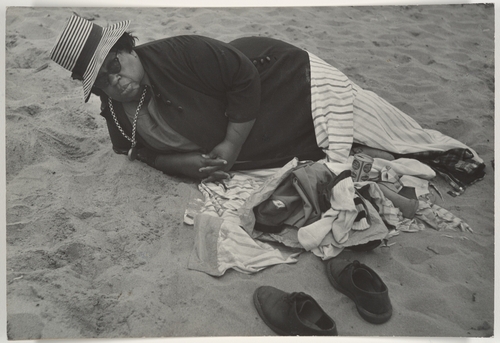
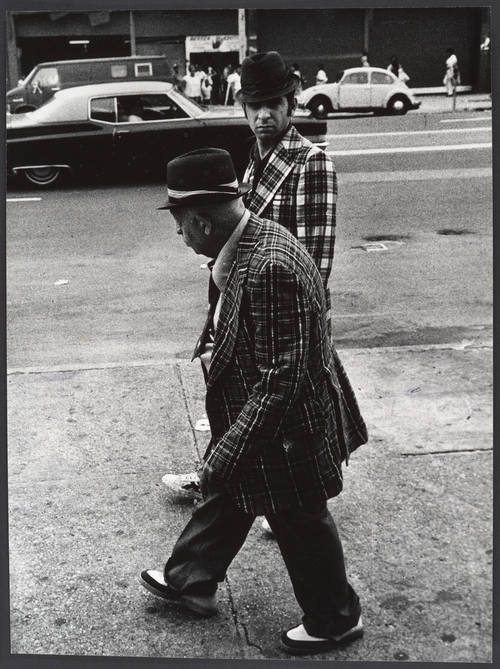
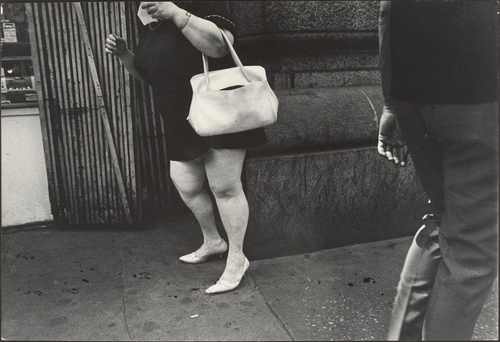

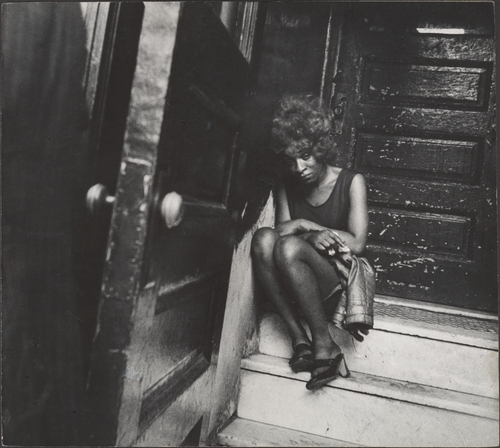
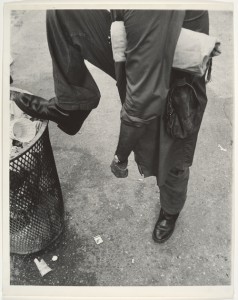
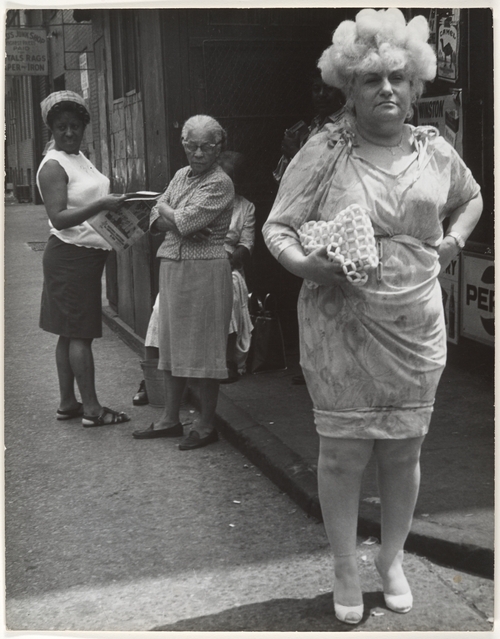
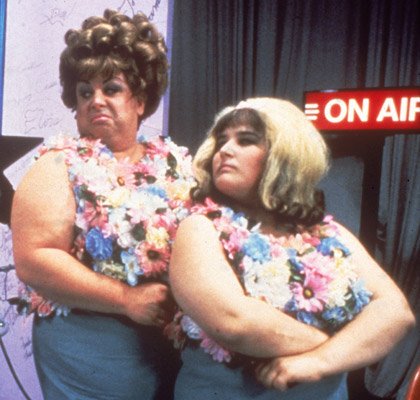
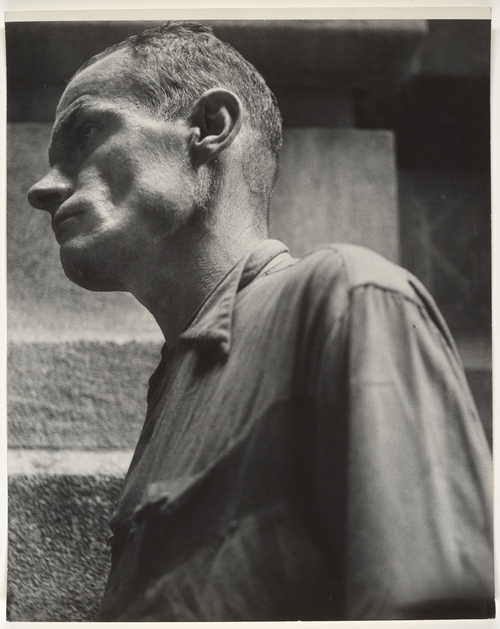
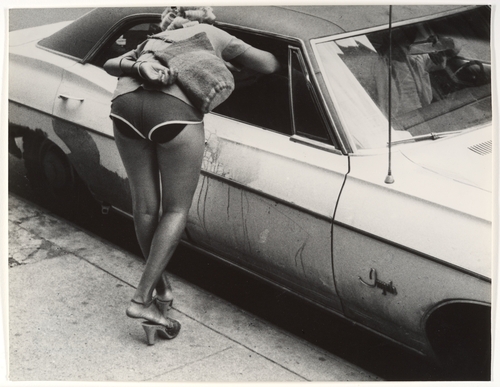
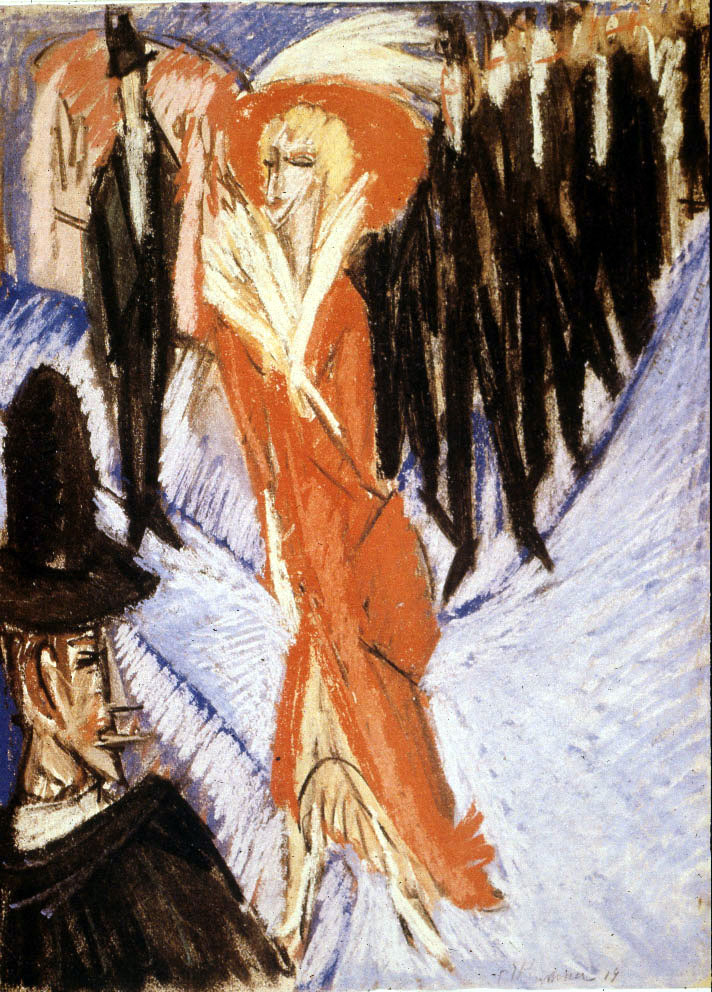
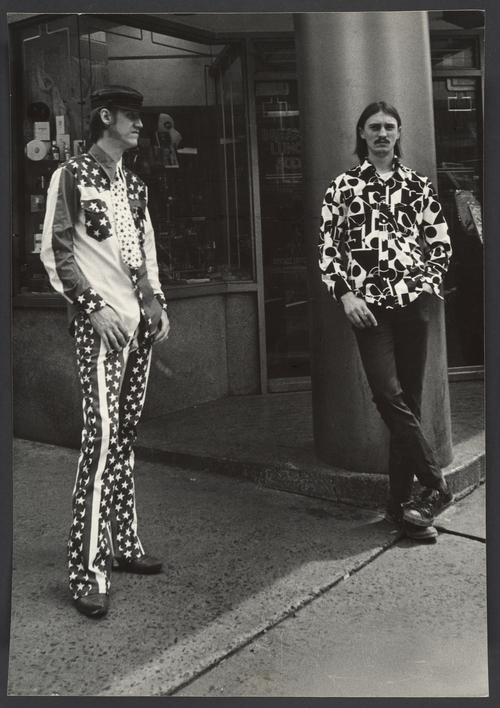
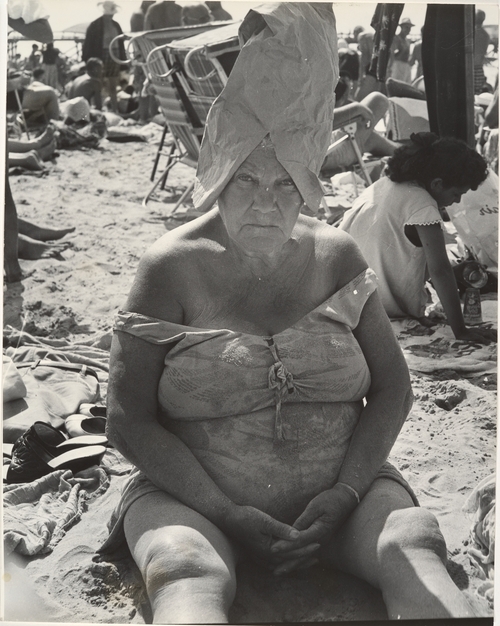
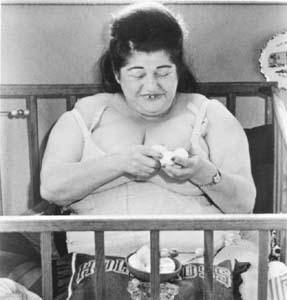
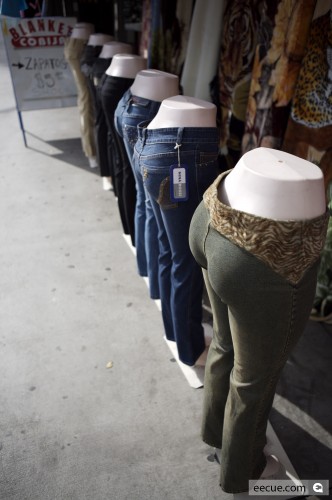
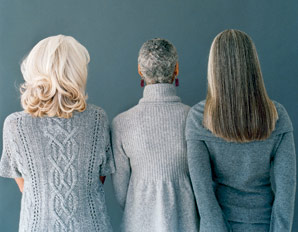
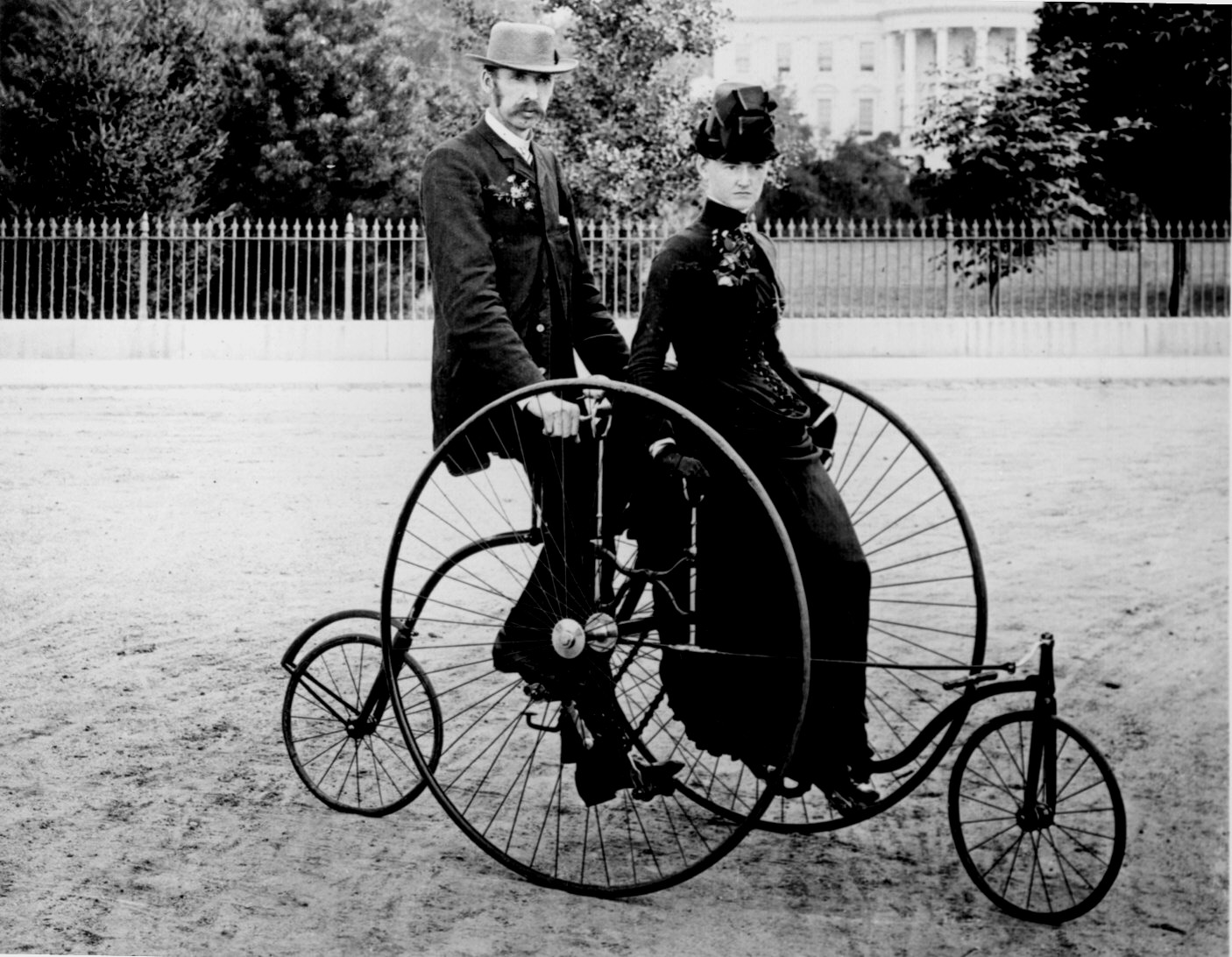
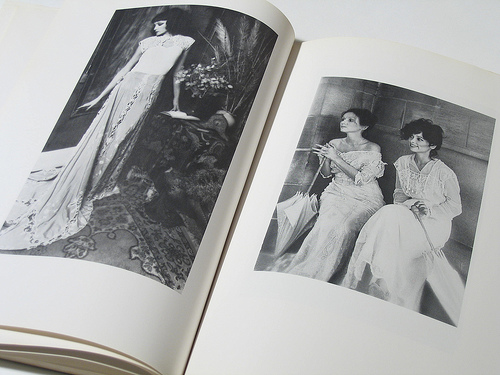

























1 comment
Dan says:
Sep 3, 2020
read more about men wearing hatsVivant on thevivant.com